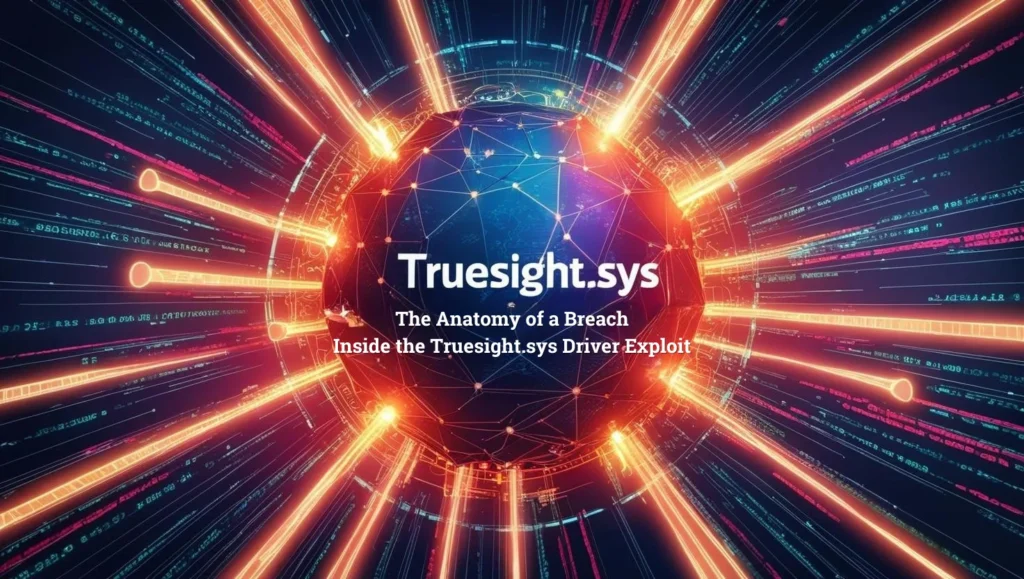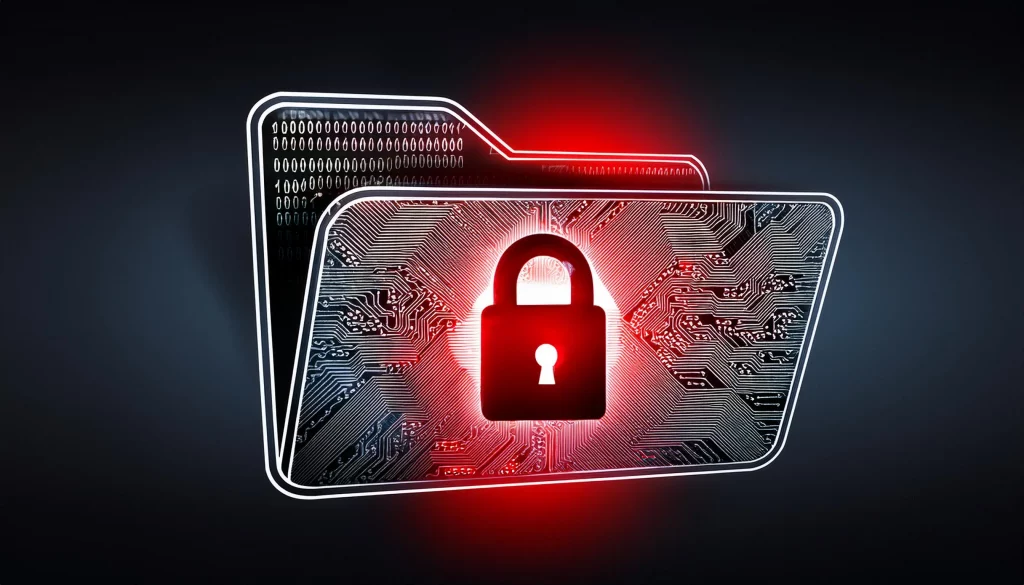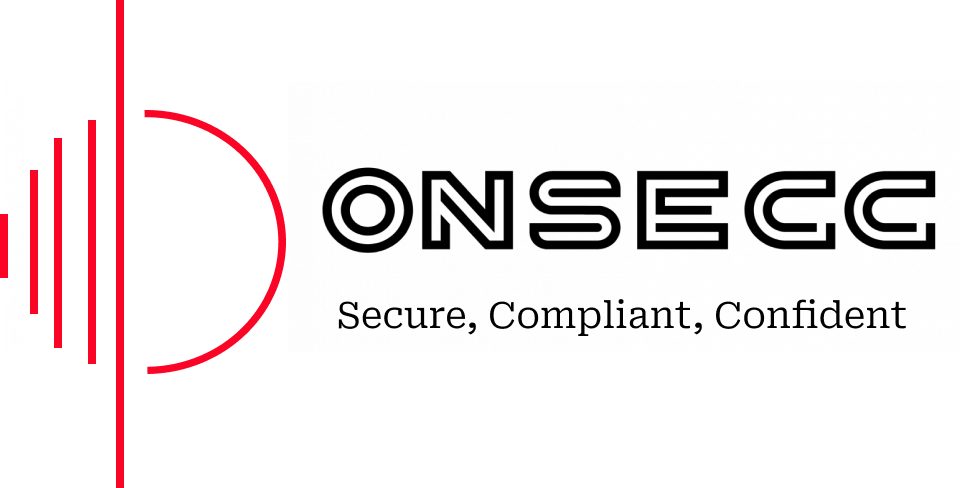Cybersecurity Threat: Top 10 Threats and Solutions! Are you Safe?
Do you know what a cybersecurity threat is? From attachments in your email to your social media account, everything comes under the purview of cybersecurity threat! In this blog, we will try to understand what are security threats and their types while we figure out how safe you are in this world that surfs on the internet but is unaware of the depths below.
In this article:

Also Read: Cyber Security in the New World: A Comprehensive Guide
What is a Cybersecurity Threat?
Definitions first! It is important to understand what is a cybersecurity threat before we go all in and try to find the solutions. A cybersecurity threat is like a digital danger that can mess things up and put your information at risk. Imagine people trying to find loopholes in computer systems, software, or networks. They might want to steal your personal info, mess with your stuff, or even spy on you. These threats come in different forms, like tricky software (malware) that sneaks into your system and causes trouble. It can be viruses, worms, Trojans, ransomware (that holds your files hostage), or spyware that snoops around.
Doesn’t sound nice right? The problem is that these threats are so common that people fail to identify them and end up losing data, money, personal information and a lot more. In the next section, we will understand the top 10 types of cybersecurity threats and their solutions so that you can be safe at whatever you do on the internet.
Top 10 Cybersecurity Threats and Solutions
Let’s understand what are the top 10 security threats and their types and how to be prepared to face them out in the real world. Here’s the list with solutions:
1. Phishing Attacks
Phishing Attacks: Have you seen the youtube videos of busting a hacking organisation or watched a Netflix series like “Jamtara”? If yes, you know how people are trapped using Phishing attacks that involve calls, deceptive emails, messages, or websites that trick users into revealing sensitive information like passwords, credit card details, or personal data.
Solutions:
- Be cautious of unsolicited emails, especially those requesting personal information or financial details.
- Verify the legitimacy of emails and websites by double-checking the sender’s address and looking for signs of phishing, such as misspellings or suspicious URLs.
- Educate yourself and your employees about phishing techniques and encourage them to report any suspicious emails or messages.
- Enable spam filters and use security software that can detect and block phishing attempts.
2. Malware Infections
Malware Infections: We all try to download/stream our favourite movies or series online. We reach those irritating pages with unending pop-ups and uncontrollable links. Or random emails with attachments? We click on the download button without thinking twice right? Now Malware, including viruses, worms, and ransomware, can infect your computer or network, causing damage, data loss, or unauthorized access, if you are just too casual.
Solutions:
- Install reputable antivirus and anti-malware software and keep them up to date.
- Be cautious when downloading files or clicking on links from unfamiliar or untrusted sources.
- Regularly update your operating system, software, and applications with the latest security patches.
- Enable automatic scanning of email attachments and downloaded files.
- Backup your important data regularly to prevent loss in case of an infection.
3. Social Engineering
Social Engineering: I am sure that you have won a lottery or a car had to be delivered to your address. It can be a lucky draw on WhatsApp, calls from KBC, or simply someone calling you to get your information for some prize or reward that’s lucrative. Social Engineering is a threat that involves manipulating people into revealing confidential information or performing actions that can compromise security, often through psychological manipulation or impersonation.
Solutions:
- Be skeptical of unsolicited requests for personal information or financial details, even if they seem to come from a trusted source.
- Verify the authenticity of requests through other means of communication, such as contacting the organization directly using verified contact information.
- Educate yourself and your employees about social engineering tactics, such as impersonation and manipulation techniques.
- Implement strict policies and procedures regarding the sharing of sensitive information within your organization.
4. Password Attacks
Password Attacks: I remember once I saw a Netflix login to my account from somewhere in Ghana. I got suspicious and called Netflix to retrieve my account and was able to do that. Just one example. It could have been my bank account! Now, Password attacks include techniques like brute-forcing, where attackers attempt to guess or crack passwords, or use stolen passwords obtained through data breaches. Scary right? Just google this “how many passwords are under data breach”
Solutions:
- Use strong, unique passwords for each online account, and consider using a password manager to securely store and generate passwords.
- Enable two-factor authentication (2FA) wherever possible to provide an extra layer of security.
- Regularly update passwords and avoid using easily guessable information like names or birthdays.
- Educate yourself and your employees about password security best practices.
5. Denial-of-Service (DoS) Attacks
Denial-of-Service (DoS) Attacks: DoS attacks aim to overwhelm a system or network with excessive traffic, making it inaccessible to legitimate users and disrupting services. This sounds depressing. Just so you know, there are people in the world who find happiness doing this. So better be prepared.
Solutions:
- Implement network monitoring and traffic analysis tools to detect and mitigate DoS attacks.
- Utilize DDoS protection services or appliances to help absorb and mitigate excessive traffic.
- Regularly review and update network infrastructure configurations to minimize vulnerability to DoS attacks.
6. Man-in-the-Middle (MitM) Attacks
Man-in-the-Middle (MitM) Attacks: In MitM attacks, an attacker intercepts communication between two parties and can eavesdrop, alter, or steal sensitive information exchanged between them. No one like that! Right? It’s not gossip anymore when a cybersecurity threat is involved.
Solutions:
- Utilize secure communication protocols such as HTTPS for websites and encrypted email services.
- Be cautious when using public Wi-Fi networks, as they can be susceptible to MitM attacks. Avoid accessing sensitive information on such networks.
- Regularly update software and devices to patch any vulnerabilities that could be exploited in MitM attacks.
7. SQL Injection
SQL Injection: You hate the name right? No one loves injections! A SQL Injection occurs when attackers manipulate a web application’s input fields to execute malicious SQL commands, potentially gaining unauthorized access to databases or manipulating data. All cool in movies but not in real life I guess!
Solutions:
- Implement secure coding practices and use parameterized queries or prepared statements in your web applications to prevent SQL injection attacks.
- Regularly update and patch web application frameworks and content management systems to address security vulnerabilities.
- Conduct regular security assessments and penetration testing to identify and mitigate potential SQL injection risks.
8. Insider Threats
Insider Threats: Insider threats involve individuals within an organization who abuse their access privileges or inadvertently compromise security, such as through negligence or accidental data leaks. Now, this has some layers! You wouldn’t want to leak information yourself or through your employees. Humans can be messy at times, doesn’t mean everything else should suffer.
Solutions:
- Implement strong access controls and least privilege principles to limit the access of employees to sensitive information.
- Educate employees about cybersecurity best practices, including the importance of safeguarding sensitive information and the potential consequences of insider threats.
- Regularly monitor and audit user activities to detect and mitigate suspicious behavior.
- Don’t be “Someone That Unknowingly Posted Important Data”
9. Advanced Persistent Threats (APTs)
Advanced Persistent Threats (APTs): Right out of the spy movies, here’s APTs, that are sophisticated, long-term attacks often targeting high-value targets like governments or large corporations, involving stealthy infiltration, data exfiltration, and persistent monitoring. Now just imagine someone does this to your bank. Now great right?
Solutions:
- Implement a multi-layered security approach that includes network segmentation, intrusion detection and prevention systems, and regular security assessments.
- Keep systems and software up to date with the latest security patches.
- Conduct thorough background checks and implement strict security protocols for employees with access to sensitive information.
10. Internet of Things (IoT) Vulnerabilities
Internet of Things (IoT) Vulnerabilities: IoT devices, like smart home appliances or industrial systems, often have weak security measures, making them vulnerable to attacks that can compromise privacy or gain control over connected systems. The one dirty fish in the pond! Beware.
Solutions:
- Change default passwords on IoT devices and use strong, unique passwords.
- Keep IoT devices’ firmware up to date by regularly checking for updates from the manufacturer.
- Segment IoT devices from critical systems to limit potential access in case of a compromise.
- Research and choose IoT devices from reputable manufacturers that prioritize
Note: It’s important to stay vigilant, adopt security best practices, and regularly update your software to protect against these common cybersecurity threats.
Before we move ahead, let’s stop for a quick check!
Cybersecurity Threat: How safe are you, Let’s check!
Let’s play a small game shall we? Here’s a quick analysis about how safe you are against the top 10 cybersecurity threats.
Where can you find out about Cybersecurity Threats?
To stay informed about cybersecurity threats, there are several reliable sources you can turn to other than our blogs. We have listed some of them here:
1. Cybersecurity News Websites
Websites dedicated to cybersecurity news and analysis provide up-to-date information on the latest threats, vulnerabilities, and industry trends.
2. Security Blogs for Cybersecurity Threat
Many cybersecurity companies and experts maintain blogs (like us :)) where they share insights, research findings, and information on emerging threats.
3. Cybersecurity Threat Intelligence Platforms
Threat intelligence platforms offer in-depth information on cybersecurity threats, including indicators of compromise, threat actor profiles, and incident analysis.
4. Government Cybersecurity Threat Agencies
National cybersecurity agencies or departments often publish advisories, alerts, and reports on current threats and best practices. Examples include the United States Computer Emergency Readiness Team (US-CERT), the United Kingdom’s National Cyber Security Centre (NCSC), and the Australian Cyber Security Centre (ACSC).
5. Cybersecurity Threat Conferences and Events
Attending industry conferences and events focused on cybersecurity, such as Black Hat, RSA Conference, or DEF CON, can provide valuable insights into emerging threats, new technologies, and best practices.
6. Security Vendor Threat Intelligence Feeds
Many cybersecurity companies offer threat intelligence feeds or newsletters that provide regular updates on the latest threats, vulnerabilities, and security news. Subscribing to these feeds can keep you informed about the evolving threat landscape.
7. Online Security Communities and Forums
Engaging with cybersecurity communities and forums, such as Reddit’s /r/netsec and /r/cybersecurity subreddits or specialized security forums like StackExchange’s Security Stack Exchange, allows you to discuss and learn about the latest threats and mitigation strategies from experts and peers.
Remember: When accessing information about cybersecurity threats, it is important to verify the credibility and reputation of the sources to ensure you are getting reliable and accurate information.
How to get a managed Cybersecurity Threat Service?
Onsecc provides you perfectly managed Cybersecurity Services. Get on a FREE audit call with us and let us evaluate the levels of cybersecurity threats that you or your business endures. Onsecc provides Effortless Security & Compliance Management for you.
Contact info
- 3rd Floor, 86-90 Paul Street, London, EC2A 4NE, UK
- +44-2034880245
- hello@onsecc.com
Share Blog On
Recent Posts:
-
 Cyber Insurance for Small Businesses: What You Don't Know Could Cost You Everything
Cyber Insurance for Small Businesses: What You Don't Know Could Cost You Everything -
 Meet AkiraBot: The AI Spam Demon Haunting 420,000 Websites (and Counting)
Meet AkiraBot: The AI Spam Demon Haunting 420,000 Websites (and Counting) -
 2,500 Faces of Deceit: The Proliferation of Malicious Truesight.sys Variants
2,500 Faces of Deceit: The Proliferation of Malicious Truesight.sys Variants -
 Zero-Day Vulnerabilities: The Invisible Threat Redefining Cybersecurity
Zero-Day Vulnerabilities: The Invisible Threat Redefining Cybersecurity -
 The Middle East’s Cybersecurity Gap: Building Defenses for a Digital Future
The Middle East’s Cybersecurity Gap: Building Defenses for a Digital Future -
 The Cost of Non-Compliance: What the TfL Cyber Attack Teaches Us
The Cost of Non-Compliance: What the TfL Cyber Attack Teaches Us -
 GDPR in the United States: A Do or Die Situation for Businesses
GDPR in the United States: A Do or Die Situation for Businesses -
 Is Your Business PCI Compliance Certified? Don’t Risk It!
Is Your Business PCI Compliance Certified? Don’t Risk It! -
 12 Ways Onsecc Enhances SaaS Cybersecurity Compliance
12 Ways Onsecc Enhances SaaS Cybersecurity Compliance -
 Practical Insights into Implementing ISO/IEC 27001:2022
Practical Insights into Implementing ISO/IEC 27001:2022
Cybersecurity Threat: FAQs
The most common cybersecurity threat is phishing. Phishing attacks use deceptive emails, messages, or websites to trick individuals into revealing sensitive information like passwords, credit card details, or personal data.
A strong password is a combination of letters (uppercase and lowercase), numbers, and special characters. It’s important because weak passwords are easy for attackers to guess, increasing the risk of unauthorized access to your accounts and sensitive information.
Two-factor authentication adds an extra layer of security to your accounts by requiring a second verification method, such as a unique code sent to your phone, in addition to your password. It significantly reduces the risk of unauthorized access, even if your password is compromised.
The dark web is a part of the internet that is intentionally hidden and requires special software to access. It’s often associated with illegal activities, including the buying and selling of stolen data, hacking tools, and illegal goods. Engaging with the dark web puts you at risk of legal trouble and exposure to malicious actors.
A DDoS attack occurs when multiple compromised devices flood a target system or network with excessive traffic, overwhelming its resources and causing it to become unavailable to legitimate users. DDoS attacks can disrupt services, leading to financial losses and reputational damage.
Responsible disclosure is the practice of reporting discovered vulnerabilities or security issues to the affected organization or software vendor before making them public. This allows the organization to address the issue and release a fix or patch to protect users, promoting overall cybersecurity and responsible behavior within the community.





